Do you measure how good your workout was by how much you sweat, how tired and sore you were? In this episode let’s speak about How to measure the quality of your workouts so all of your workouts are good workouts.
Yesterday I asked my followers if they measure the quality of their workouts by the how much they sweat, and how sore or tired they are after the workout. I was pleased to see that most of them answered no.
Here is the problem when we measure the quality of the workout by how much we sweat or how sore and exhausted we are.
For example, Yesterday, when I finished my spinning workout I was drenched in sweat. I don’t spin so it was a new exercise for me and I did it for an hour.
Sweaty? Checked!
Was I sore or tired? No, not really. I was rather dehydrated.
Was that workout a good workout? Yes! But I based it on different measures, which i will get back to later.
When you are new to exercise, you can easily misjudge the training effectiveness by how exhausted you feel after completing it. We tend to think the the more exhausted, sweaty or sore we are, the better the workout is. Certain group fitness classes capitalize on that (Bootcamps, Beach Body training that is focused on intensity and entertainment) and I often see women visiting them religiously without making progress. There is still value in them if you do them for fun, though.
Sweat rate and exhaustion is not a useful gauge of the trainings effectiveness
-
You sweat more when the weather is humid or hot. Some of us also sweat more.
-
You get more tired when you had a bad sleep,or when your nutrition is off, or after an intense but short HIIT workout.
-
You get more sore when you use new muscles or movement patterns. I am a decent runner but sit me on bike and I will be sore for a week.
Blood, sweat, and tears is the typical way people new to fitness measure the quality of workouts. But are the people new to exercising the only who misjudge their training in this way? Not at all.
When I was attending group running trainings I remember running on track. It was quite a large group consisting of people of different levels. When we run 8x500m, some runners were pushing all out and run their first lap in 2minutes, 2nd in 2:05, 3th in 2:10 and they barely finished the last lap. At that time I already knew that I have to follow splits appropriate for my level and I run the splits a little slower but with a training effect in mind. That mean I hit my paces cinsistently over the eight repeats.
Improvements are not made in one training session but rather over a long period of time.
When you are inexperienced in training and you measure the quality of your workouts only by how you feel, you are likely to make suboptimal progress and then stall. If you are sore after a strength training and need three or four days to recover, wouldn’t it be better if you did less and be ready to train two days later instead? Improvements are not made in one training session but rather over a long period of time, Even if you do less in a single session but you train more often, you will make greater progress overall. Not only in the department of strength, but also in mobility, life quality, and energy levels.
Should you never judge the quality of workouts by sweat, exhaustion or soreness?
We are not all the same and even people who understand the value of tracking workouts lean towards exhaustion and sweat as a measure of quality of their workouts.
Here is the point.
Some of us can actually benefit from the sweaty, tired, and sore approach. I consider this to be perfectly fine if you exercise 3-4 times a week and you don’t have performance goals like an athlete. When we are mentally stressed and lacking energy, a boxing class can actually energize you and relieve stress. The goal of such a workout is not a training adaptation but rather a mental break.
However, people who naturally gravitate towards intense HIIT style workouts, at least from my experience, tend to be stress driven (they spend a lot of time in sympathetic state). I believe they benefit from lighter and endurance oriented workouts.
Often, these people stall (hit the weight-loss or performance plateaus) because they always try to push themselves hard. That prevents them from making progress because their body is never at rest.
Red flags of doing too much:
-
You drink coffee, eat sweets, drink energy drinks and chew energy bars several times a day to get energy.
-
You are unable to feel energetic without substances mentioned above.
-
You hit a weight-loss or performance plateau.
-
You don’t enjoy exercise unless you feel crushed after it.
How to know you had a good workout
Stop chasing soreness, exhaustion or sweat and rather focus on reliable measurements like:
-
Heart rate & Heart variability
-
Biofeedback – sleep quality & length, time to recover, energy levels,
-
Weight, sets, repetitions and pauses
-
Distance, pace, maximal effort
Here is how:
-
Find and follow a training plan that includes rest and lower intensity days.
-
If you are new to training, or coming back to training after injury, less is more. Lean into it so you can enjoy and stick with it long-term.
-
Track your workouts : weights, rests, sets, pauses, distance, feeling (Rate of Perceived Effort)
-
I always advise people to track how they feel (RPE) in relation to the performance. Over time you will become more intuitive with your training this way.
-
Use tracking as a guide not as a goal.
-
-
If you don’t feel like training, go easier.
-
Practice movements. It is O.K. to use lighter weights, run shorter distance or slower, or work on your mobility.
-
Your worth is not dictated by how far or fast you run that day or how many kilos you lift.
-
Progress is not linear. If you want to shoot an arrow, you have to draw the bow first. Think this way about your rest days.
-
In the end of the training you might feel tired and a bit sore as well, but you feel better overall.
Ready to Become a High Performing Athlete?
Find exactly what foods, how much, and when to eat for health and performance, but also for joy.

